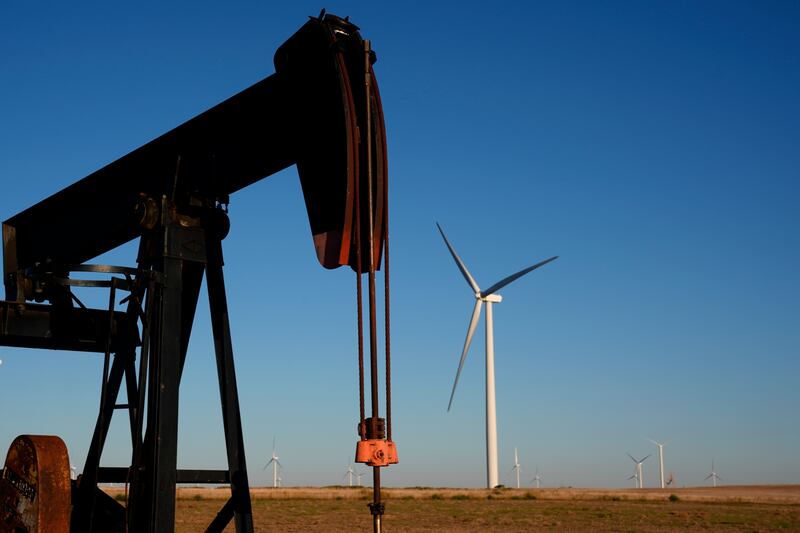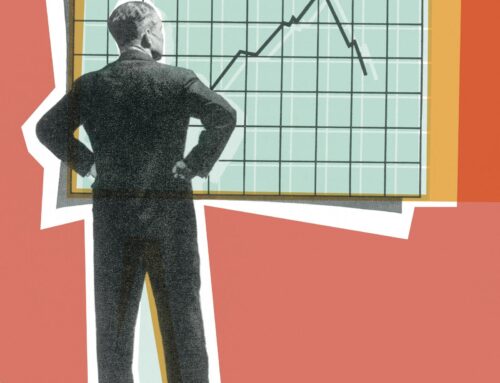Trump moves to end federal subsidies for wind, solar farms
July 7, 2025
- President Donald Trump signed an executive order Monday to end federal subsidies for wind and solar plants.
- The order cites this type of energy relies too much on foreign adversaries.
- A new Department of Energy report warns of extreme energy shortfalls if the country continues on its current path.
President Donald Trump signed an executive order Monday to phase out federal subsidies for green energy like wind and solar farms, citing unsustainability for the grid and too much reliance on foreign adversaries.
“For too long, the federal government has forced American taxpayers to subsidize expensive and unreliable energy sources like wind and solar. The proliferation of these projects displaces affordable, reliable, dispatchable domestic energy sources, compromises our electric grid, and denigrates the beauty of our nation’s natural landscape,” the order says.
The order says these types of clean energy compromise the nation in a number of ways.
“Moreover, reliance on so-called “green” subsidies threatens national security by making the United States dependent on supply chains controlled by foreign adversaries. Ending the massive cost of taxpayer handouts to unreliable energy sources is vital to energy dominance, national security, economic growth, and the fiscal health of the nation.”
In his directive, Trump said it is the policy of the United States to “rapidly eliminate the market distortions and costs imposed on taxpayers by so-called “green” energy subsidies.
The order directs the Treasury Department secretary to take all action deemed necessary and appropriate to strictly enforce the termination of the clean electricity production and investment tax credits within 45 days of enactment of the “Big Beautiful Bill,” passed last week in a marathon session of Congress.
Trump’s order is slated to end all pending projects unless there has been substantial construction that has taken place.
It also directs action to be taken by Interior Secretary Doug Burgum.
“The Secretary of the Interior shall conduct a review of regulations, guidance, policies, and practices under the Department of the Interior’s jurisdiction to determine whether any provide preferential treatment to wind and solar facilities in comparison to dispatchable energy sources. The Secretary of the Interior shall then revise any identified regulations, guidance, policies, and practices as appropriate and consistent with applicable law to eliminate any such preferences for wind and solar facilities.”
Clean energy advocates decried the order, saying it sets the country back when it comes to reducing carbon emissions and competing in the global market.
“Everything about this is backward. While the global energy market is charging ahead with investments in new energy resources to meet exploding energy demand, this Executive Order is attempting to shackle America to the past,” said Sarah Wright chief executive officer of Utah Clean Energy. “Investing in renewable energies like solar, wind, geothermal, and storage is a direct path to ensure the U.S. has reliable, affordable, and abundant energy.”
A grid in trouble
The order comes the same day the U.S. Department of Energy issued a scathing report about grid shortfalls in reliability and security.
The agency warned thatblackouts could increase by 100 times in 2030 if the United States continues to shutter reliable power sources and fails to add additional firm capacity.

“This report affirms what we already know: The United States cannot afford to continue down the unstable and dangerous path of energy subtraction previous leaders pursued, forcing the closure of baseload power sources like coal and natural gas,” Energy Secretary Chris Wright said.
“In the coming years, America’s reindustrialization and the AI race will require a significantly larger supply of around-the-clock, reliable, and uninterrupted power. President Trump’s administration is committed to advancing a strategy of energy addition, and supporting all forms of energy that are affordable, reliable, and secure. If we are going to keep the lights on, win the AI race, and keep electricity prices from skyrocketing, the United States must unleash American energy.”
Key points of the report include:
- The status quo is unsustainable. DOE’s analysis shows that, if current retirement schedules and incremental additions remain unchanged, most regions will face unacceptable reliability risks within five years and the nation’s electrical power grid will be unable to meet expected demand for AI, data centers, manufacturing and industrialization while keeping the cost of living low for all Americans.
- With projected load growth, retirements increase the risk of power outages by 100 times in 2030. Allowing 104 gigawatts of firm generation to retire by 2030 — without timely replacement — could lead to significant outages when weather conditions do not accommodate wind and solar generation. Modeling shows annual outage hours could increase from single digits today to more than 800 hours per year.
- Planned supply falls short, reliability at risk. The 104 gigawatts of plant retirements are replaced by 209 gigawatts of new generation by 2030; however, only 22 gigawatts comes from firm baseload generation sources. Even assuming no retirements, the model found outage risk in several regions rises more than 30-fold, proving the queue alone cannot close the dependable-capacity deficit.

Search
RECENT PRESS RELEASES
Related Post



15
Comments